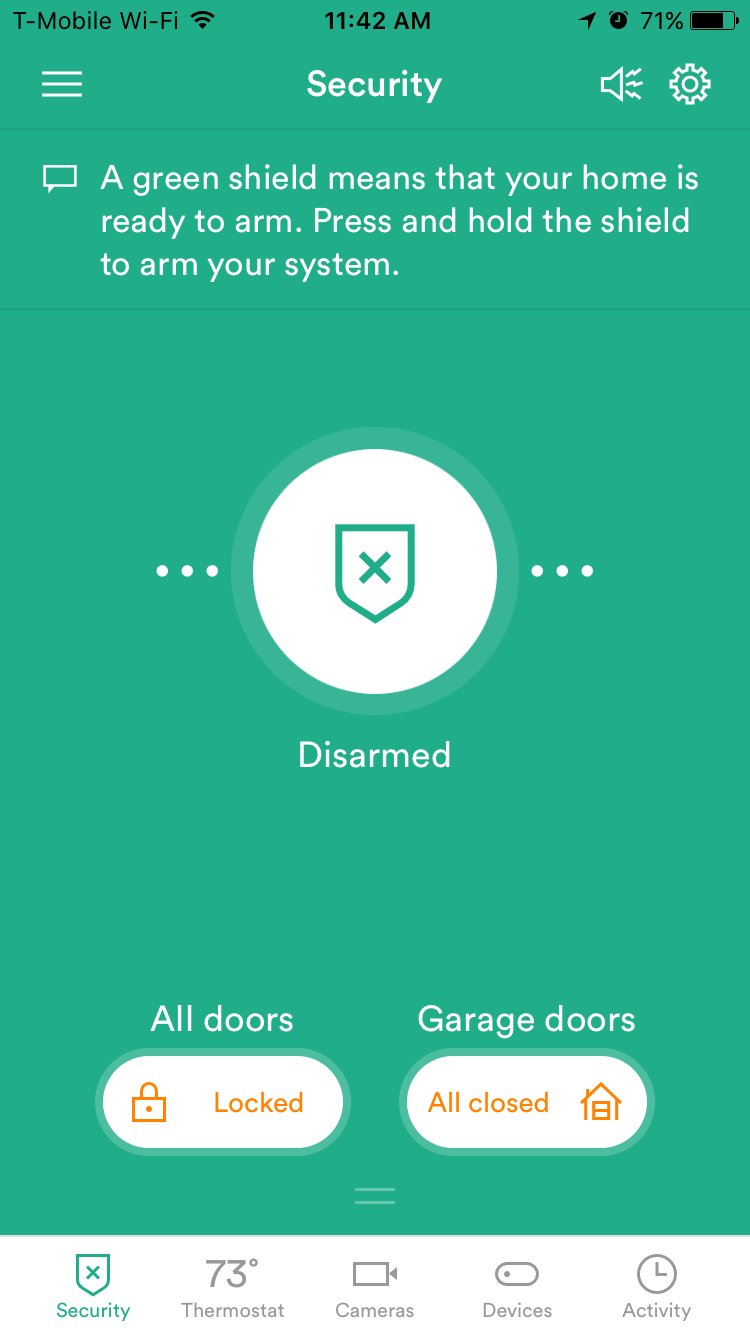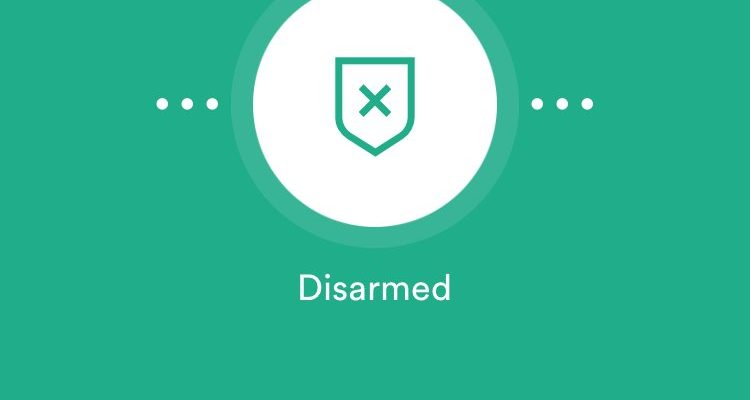
The Vivint Smart Remote is part of Vivint’s lineup of home automation magic. It’s that simple-looking device you can use to control your TV, lights, maybe even your locks—depending on how deep your setup goes. But here’s the question that trips up a lot of people: if you have guests over (or even a house sitter), can you hand them the Vivint Smart Remote and keep your privacy? Specifically, does guest mode work with it, and if so, how? Let’s unpack how this remote fits into Vivint’s guest-friendly options, what guest mode really means here, and what to expect if you need to share those controls without letting everything loose.
Understanding the Vivint Smart Remote: Features and Functionality
If you’ve never used the Vivint Smart Remote, picture it as the universal remote’s cousin who graduated with honors. It doesn’t just change channels; it can tap into Vivint’s smart ecosystem. That means connecting to your smart hub, adjusting thermostats, controlling cameras, or even activating scenes you’ve created in the Vivint app.
Unlike a basic clicker, the Smart Remote syncs with your Vivint hub using code pairing. The setup usually involves holding the *pair* button (sometimes hidden under the battery cover) and following prompts on your smart panel. Once you’re paired, the remote becomes a handheld command post.
You might be wondering if it’s possible for more than one person to use it. Technically, anyone with the remote in their hand can send commands—but the magic is in how Vivint’s platform differentiates user permissions. Unlike the app, where you can create distinct logins with separate permissions (yes, including guest accounts), the remote itself doesn’t have a robust user profile system. I’ll get into why that matters when thinking about guest mode.
What Is Vivint Guest Mode? How It Works in the Vivint System
When most people ask about guest mode, they’re really asking, “Can I let someone use my smart home without handing them the keys to the kingdom?” In Vivint’s world, *guest mode* usually refers to a limited-access profile you create inside the Vivint app. This profile lets a guest unlock the front door, adjust the thermostat, or maybe view a camera or two—nothing more, nothing less.
The magic of guest mode is that you set boundaries. For example:
- Guests can unlock the door with a temporary code.
- They can’t view private camera feeds (unless you allow it).
- Permissions can expire automatically after a set time.
Guest mode works wonders for app-based access, but here’s the thing: the Vivint Smart Remote doesn’t natively tie into these app-based guest profiles. There’s no screen on the remote, no place to enter a pin, and no way to switch between different user accounts with distinct permissions on the device itself.
Can the Vivint Smart Remote Be Used in Guest Mode? The Honest Truth
Here’s the straight answer: the Vivint Smart Remote, by itself, doesn’t have a built-in guest mode. There’s no toggle, button, or hidden setting that restricts what a guest can control if they have the remote. Once it’s paired with your Vivint hub, anyone holding the device can operate it as if they’re the main account holder.
That might sound like a letdown, especially if you imagined locking down certain features for guests. Honestly, Vivint has focused its guest-friendly security on app-based controls—where you can log permissions, set expiration dates, and see who did what. The remote was designed mostly for physical convenience, not granular security.
Of course, there are a few workarounds. Some folks simply put the remote away when guests visit, handing out app access instead. Others leave the remote but manually limit what the hub allows (for example, disabling lock controls while the guest is around). But there’s no true “guest mode” on the remote itself—the remote doesn’t know who’s pressing the buttons.
Common Use Cases: Letting House Guests or Sitters Use Vivint Remotes
Let’s say you’re going away for the weekend and a friend is house-sitting. Should you leave out the Vivint Smart Remote? It depends on your comfort level and what you want them to be able to do.
Here’s what typically happens:
- If you *trust* your guest completely, leaving the remote out is fine. They’ll control whatever you can control—just like you do.
- If you want *limited access* (say, just unlocking the front door or adjusting the thermostat), it’s better to create a guest profile in the app and hand them app login info or set up a keypad code on your lock.
- If you’re worried about privacy or accidental changes, stash the remote away and use other guest-access methods.
The risk isn’t that guests will hack your system; it’s more about unintended mischief. Maybe they accidentally reset a favorite scene or turn off alarms you’d rather keep on. If you’ve ever had a friend press every button just to “see what this one does,” you know what I mean.
The Differences Between Vivint Smart Remote and Universal Remotes
You might be tempted to use a universal remote as a backup, or maybe you’re wondering if there’s a more guest-friendly option. Here’s how the Vivint Smart Remote stacks up against classic universal remotes.
- Vivint Smart Remote: Tightly integrated with Vivint home automation. Pairs specifically with Vivint hubs, uses encrypted codes, and is designed for one system only. No built-in guest mode on the device.
- Universal Remote: Works with a variety of brands and devices (TVs, soundbars, etc.), but doesn’t connect to Vivint’s smart platform. Rarely has security or guest features—it’s just a simple IR/Bluetooth remote.
If you’re just trying to let guests change channels or adjust volume, a universal remote is cheaper and simpler. But if you want them to access smart controls (like security or lighting scenes), the Vivint Smart Remote is the only device that’ll sync directly with your Vivint hub—though again, you’ll be giving them full access.
Pairing and Unpairing the Vivint Smart Remote for Temporary Access
Some folks get creative: they pair the remote to the hub for a guest, then unpair (reset) it when the guest leaves. Here’s how that usually works:
- Pairing: Insert fresh batteries into the remote. Hold the *pair* button until the indicator flashes. On your Vivint panel, follow the step-by-step sync instructions—usually in system settings under ‘Add Device.’
- Unpairing: When your guest leaves, either reset the remote (holding the sync button for several seconds) or remove it from the Vivint hub device list through the app or smart panel.
It’s a bit clunky, and can annoy other household members if you have to keep pairing and unpairing. But it does work as a way to grant temporary physical control without changing your core system settings. Just remember to double-check battery levels before pairing, since a dead remote mid-stay will frustrate both you and your guest.
If you’re planning on regular guests (like AirBnB visitors or babysitters), using app-based guest controls is usually smoother. The remote is best for households where everyone gets full access.
Troubleshooting Vivint Smart Remote Issues with Guest Use
Let’s run through a few common headaches that pop up when sharing the remote:
- Sync Problems: Sometimes the remote won’t sync with the hub, especially after being paired and unpaired a few times. Fresh batteries and a full reset usually solve this.
- Accidental Resets: Kids (or curious adults) might stumble on the reset combination. This can unpair the remote and require a full setup again.
- Unresponsive Controls: Signal interference from other smart devices or low battery can cause lag. Swapping batteries or moving other electronics can help.
- Code Confusion: If you’re using multiple remotes or adding/removing devices often, keeping track of which remote is paired where can get messy. Labeling or color-coding your remotes isn’t fancy, but it works.
If you ever get stuck, Vivint support is quick to walk you through code resets and pairing instructions. But often, a simple battery swap or a patient re-pairing session does the trick.
Alternatives: Smart App Control and Keypad Codes for Guests
If you’re not comfortable giving guests the physical remote, the Vivint app has your back. Here’s where Vivint shines: app-based guest controls are far more flexible than anything a remote can offer. You can:
- Create guest profiles: Set up temporary logins with only the permissions you want.
- Issue access codes: Assign a unique entry code for door locks, which works only during certain hours or specific days.
- Track usage: The app logs activity, so you know when guests enter or tweak settings.
- Revoke access instantly: If plans change, just delete their code or profile—no need to hunt down a wayward remote.
For recurring guests or rental scenarios, keypad codes and app profiles are much safer and easier to manage. You avoid every pitfall of a physical remote, from lost devices to accidental full-system resets.
Wrapping Up: How to Stay Safe and Flexible with Vivint Smart Remote and Guest Mode
The Vivint Smart Remote is a powerful little device, perfect for families or close-knit households where everyone needs the same controls. But when it comes to handing over access to a house sitter, guest, or short-term visitor, the remote’s lack of built-in guest mode is a real limitation. Honestly, it’s best suited for people you completely trust, since there’s no way to restrict what a guest can do with it.
If you need flexible, secure guest access, Vivint’s app offers genuine guest mode with customizable restrictions—something the remote just can’t match. For most homes, a mix of app-based guest profiles, entry codes, and smart planning keeps things smooth and secure. Think of the remote as your personal “master key”—handy for daily life, but maybe not the thing you want to loan out too freely.
In the end, understanding these limits helps you stay in control. Use the Vivint Smart Remote for yourself and your family, and lean on the app for guests. That way, everyone gets just the access they need—and your smart home stays as private as you want it to be.
